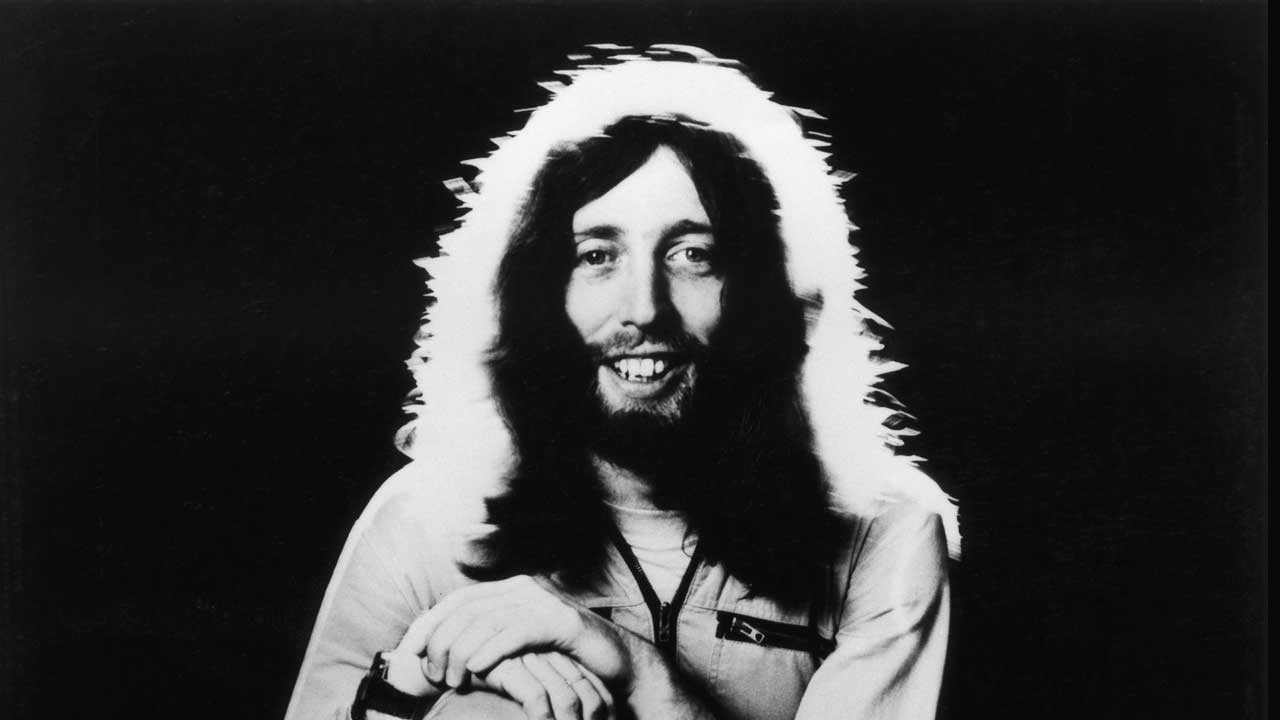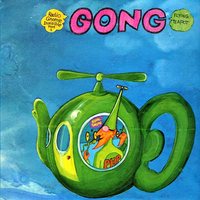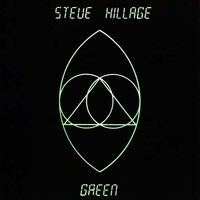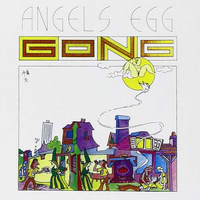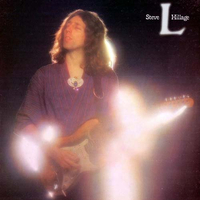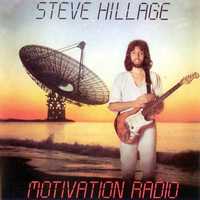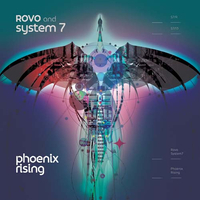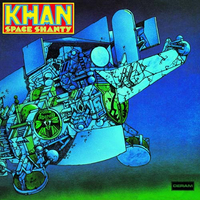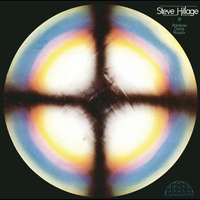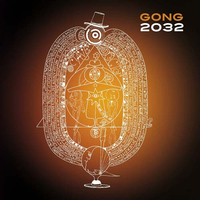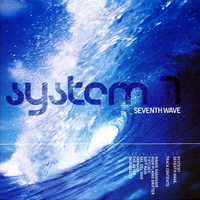When lists are compiled of true guitar heroes, hardly anyone spares a thought for Steve Hillage. And yet in a career that began more than half a century ago he has been one of the most consistently individual guitarists around.
Hillage once said of himself: “I hate repeating things. That’s why I’ve worked with so many different musicians and in so many different styles.” And he has certainly been a man of his word.
Inevitably most people will know him either through his solo career, which spans 40 years and more than a dozen albums, or his association with Gong, which began in 1973 and has continued intermittently ever since. But he has also worked as musician and occasional producer with a raft of other quality artists including Kevin Ayers, Dave Stewart (the Egg/Hatfields one, not the one-time Eurythmic), Mike Oldfield, Simple Minds, It Bites, Tony Banks and even Sham 69 (with whom he played live at the Reading festival in 1978).
Hillage’s style has always been experimental, mixing up a rich tone that owes much to the psychedelic approach born out of the Canterbury scene in the late 60s, in which he was heavily involved, with a more ambient mood and methodology. He has an gift for balancing technique with instinct, and that has made him a unique performer both in the studio and live.
Hillage’s first band was psychedelic bluesers Uriel, whom he joined in 1968 while still at school. He made his recording debut in 1969, with the self-titled release from Arzachel (credited with the pseudonym Simon Sasparella).
The 70s was certainly his most productive decade, as a member of both Khan and Gong, as well as a fertile solo career. He also played with Mike Oldfield on a landmark live performance of Tubular Bells in 1973, and briefly toured with Kevin Ayers in the band Decadence.
More recently, he and long-time creative and personal partner Miquette Giraudy started System 7, an experimental ambient dance group, which has made him a cult figure on the underground dance scene. And he produced Algerian folk music show 1,2,3 Soleils in the late 1990s. At 2013's Progressive Music Awards, Hillage was presented with the Visionary Award. That sums him up best.

And one to avoid...
You can trust Louder Our experienced team has worked for some of the biggest brands in music. From testing headphones to reviewing albums, our experts aim to create reviews you can trust. Find out more about how we review.
